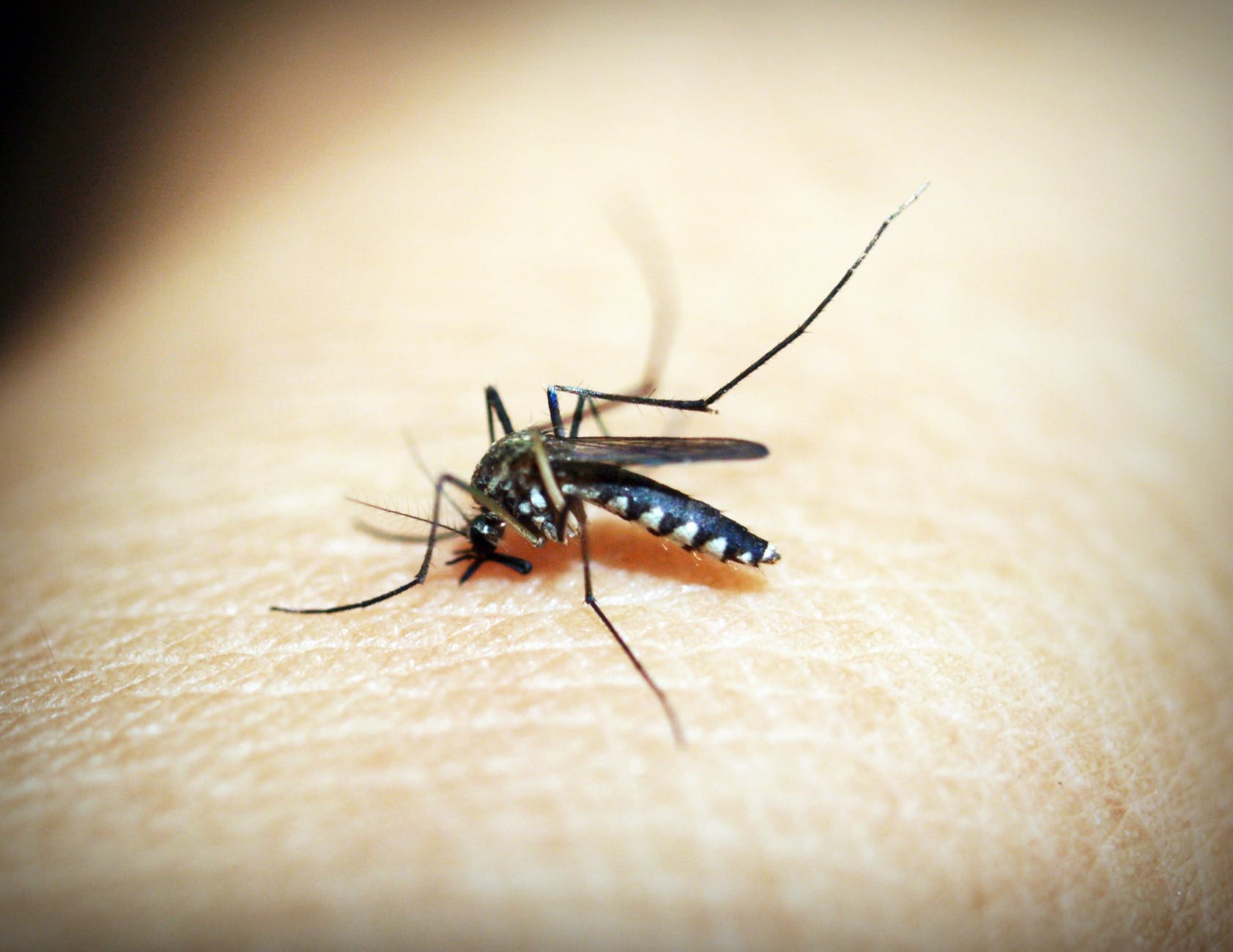The top three news stories of the week, as chosen by our resident students. This week’s top stories include supersonic malaria parasites, an underwater ‘Pokéball’ and a new potential painkiller derived from Botox!
By Grace Chan
(Featured image source: https://toppng.com/photo/26935/pokeball)
Supersonic malaria parasites
For many years, malaria has been a big health threat, affecting millions of people worldwide every year. It is an infectious disease caused by a type of parasites called Plasmodium. An infected mosquito’s bite introduces the parasites into the bloodstream through its saliva, travelling to the liver where they mature and reproduce. Malaria parasites can often evade the immune system, as they can move ten times faster than the immune cells responsible for capturing pathogens.
To understand how malaria parasites achieve such great speed, scientists from Heidelberg University Hospital focused on actin, an important cytoskeletal protein involved in regulating cell movement in both parasites and immune cells. Actin can link up to form long rope-liked filaments during cell migration. When comparing between parasite and mammalian actin structures, they found that the parasite actin can only form short and unstable filaments, which is crucial for allowing parasites to move quickly.
By swapping specific regions in parasite actin with its mammalian counterpart, the assembly of those short actin filaments was affected, thus greatly disturbed both the viability and migration of those parasites. These findings can now be used to screen for drugs that can target the assembly and breakdown of parasite actin filaments, which hopefully will stop the parasites from entering the bloodstream.
Read more about this story here

Underwater ‘Pokéballs’
Have you ever thought about making a real-life Pokéball? Because a team of scientists at Harvard University just did! But this is all for the study of marine organisms.
The ocean is the largest but yet still the least explored environment on Earth, with millions of species still to be discovered. It has been extremely challenging for marine biologists to study those amazing creatures undersea. Most of those organisms, such as jellyfishes and squids, are very soft and delicate, making them very difficult to capture with the existing underwater tools without hurting them.
To solve this problem, scientists from Harvard University, inspired by origami, designed a “Pokéball” device that can safely capture and release these delicate creatures. This device is a polyhedral shape made up of five 3D-printed soft plastic petals attached to various rotating joints. Starting out as a 2D flat sheet, it can rotate to form a hollow 3D shape, hugging the sea creature gently within. The “Pokéball” has already been tested to successfully capture and release jellyfishes and squids without causing them any harm.
This design is extremely simple and is perfect for the harsh environment for deep sea studies. In the future, sensors and cameras will hopefully be added to the “Pokéball”, which will allow valuable data to be collected. The hope is thatwe can finally start learning more about the underwater aliens that are living on the same planet as us!
Gotta catch (and release) ‘em all!
Read more about this story here
(Image source: https://techcrunch.com/2018/07/18/underwater-pokeball-snatches-up-soft-bodied-deep-dwellers/)
Botox-ing your pain away?!
Botulinum toxin (Botox) is a neurotoxic protein produced by the bacteriumClostridium botulinum. The toxins bind to nerve cells, preventing them from sending signals. This, in turn, causes paralysis. For years, it has been used in cosmetics where Botox is injected into facial muscles to prevent contractions. Thisforces the muscles to relax, smoothing the fine lines and wrinkles of the overlying skin. Botox has been to treat muscle spasms and migraine. However, it has been suggested in a recent study that it can also provide long-term pain relief in mice.
Researchers from the University of Sheffield has created a new version of a painkilling drugfrom Botox, where they isolated the part of botulinum toxin involved in blocking nerve cells from sending pain signals. They then attached this to molecules that specificallytarget pain neurons. The new drugs were injected into the spines of mice suffering chronic pain. To test the effectiveness of the new painkiller, paws were prodded with plastic rods of various sizes. Mice suffering from chronic pain would withdraw their paws when poked even with a small rod. The researchers found that upon administration of the new painkillers, mice showed signs of pain relief for the full duration of the experiments
This may be a promising candidate for a new painkiller for treating chronic pain. Short term painkillers, including morphine, often require multiple doses, where the body tends to develop eventual dependence and tolerance. Development of a new painkiller like this that can last over weeks after a single injection will be extremely helpful in reducing the risk of painkiller addictions.
Read more about this story here

(Image source: https://loveamyskin.com/blogs/news/why-i-stopped-doing-botox)



Leave a comment